A remarkably rare stone capital, unlike any other that has been unearthed, was unveiled for the first time by the Israel Antiquities Authority (IAA) at the Jay and Jeanie Schottenstein National Campus for the Archaeology of Israel in Jerusalem. This 1,500-year-old limestone artifact, with its unusual eight-branched menorah, is on display as part of Israel’s Independence Day celebrations.

The capital was excavated in 2020 in rescue excavations led by the IAA, prior to the construction of a new entrance to the city near Motza, outside Jerusalem. The stone was found upside down on the floor of a Byzantine-period building from the 6th or 7th century CE. Researchers concluded that it was being reused in “secondary use,” suggesting it was part of an earlier, more elaborate Roman-era structure (2nd–4th century CE).
It likely topped a column in a prominent building or along a Roman street, according to excavation directors Dr. Uzi Ad and Anna Eirich of the IAA. “From its local context, this settlement was populated by descendants of Roman army retirees. If so, what was a capital with a menorah decoration on it doing here, of all places—a distinct Jewish symbol? This is a true conundrum,” they said.
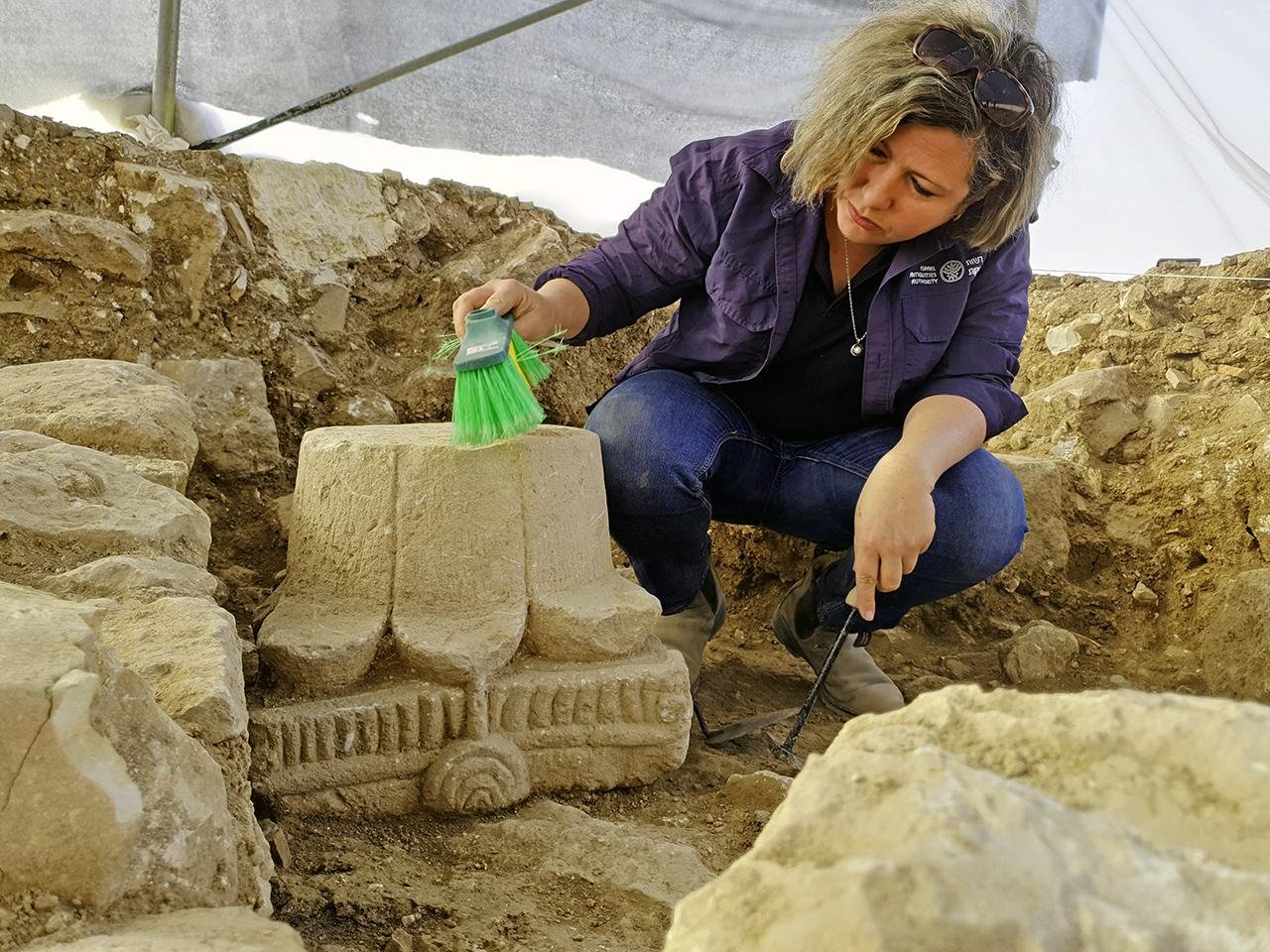
The top of the capital is decorated on all four sides with an eight-branched lamp, and the lower section has eight leaves with a vertical stem on top of each, possibly representing the foot of the menorah. An eight-branched menorah is very unusual; seven-branched menorahs are the standard Jewish symbol found on synagogue decorations during this time.

Dr. Orit Peleg-Barkat, a specialist in ancient architecture at the Hebrew University of Jerusalem, pointed out the uniqueness of the find.
“While Corinthian capitals with smooth leaves were common throughout our region from the late Second Temple through the Byzantine periods, the capital discovered at Motza exhibits truly distinctive features,” she explained. “It appears to be the work of an artisan who was less familiar with architectural conventions prevalent in urban public structures.”
According to the Israeli Minister of Heritage, MK Rabbi Amichai Eliyahu, “The discovery of the stone capital adorned with a menorah provides tangible evidence of the profound and undeniable connection between the Jewish people, Jerusalem, and the Land of Israel throughout the thousands of years. This rare archaeological find, unparalleled anywhere in the world, serves as a bridge between our glorious past and the renewal of our independence in the State of Israel.”
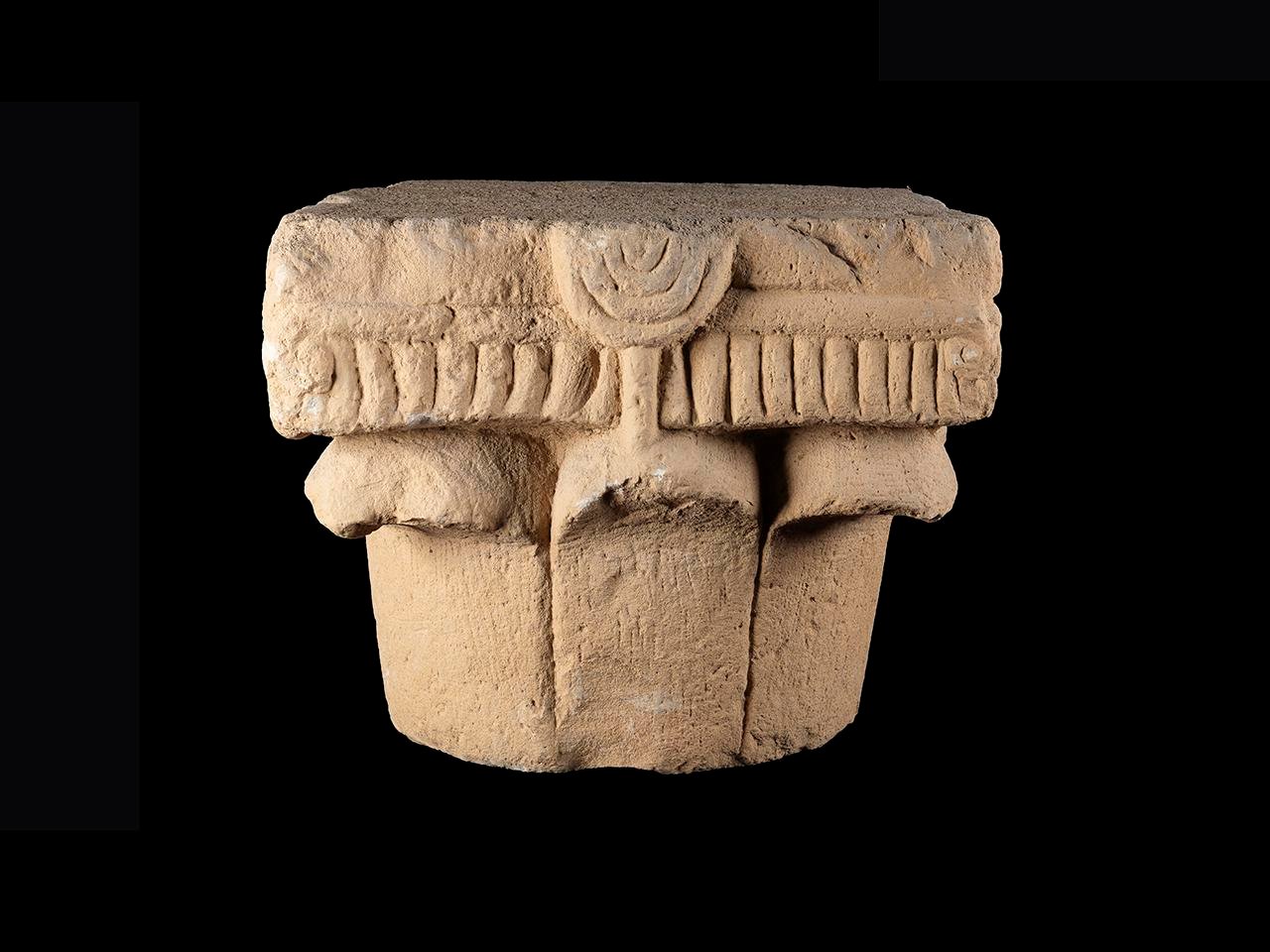
The capital now sits on display in Jerusalem. Eli Escusido, director of the IAA, invited the public to view the artifact. “There is no more appropriate time to reveal this find to the public than in these very days of celebrating our identity as a nation,” he stated.



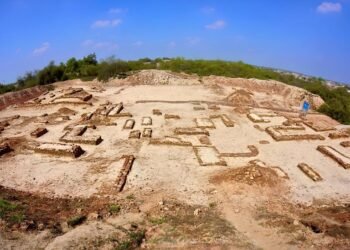
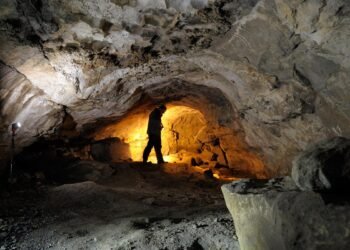

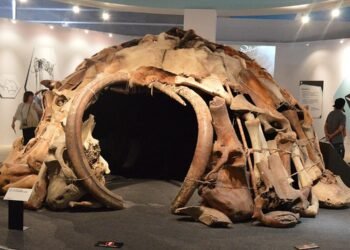
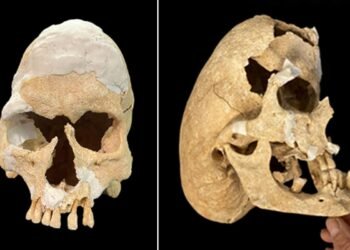
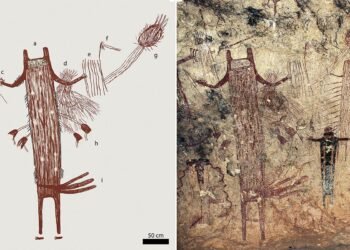















These artifacts are pretty amazing, considering the timeline and the impressiveness of how they were carved, or constructed, by these people back then. Limestone rock is pretty hard rock to be working with, so it makes me think that they must have had some kind of extra technologies that we people today would find it very hard to believe that they could have possessed. And so, true enough, here they are in our faces right now, saying,” we were pretty good at carving things weren’t we brothers?
I enjoyed your findings in the middle East. And bringing proof of Bible into light. And history.